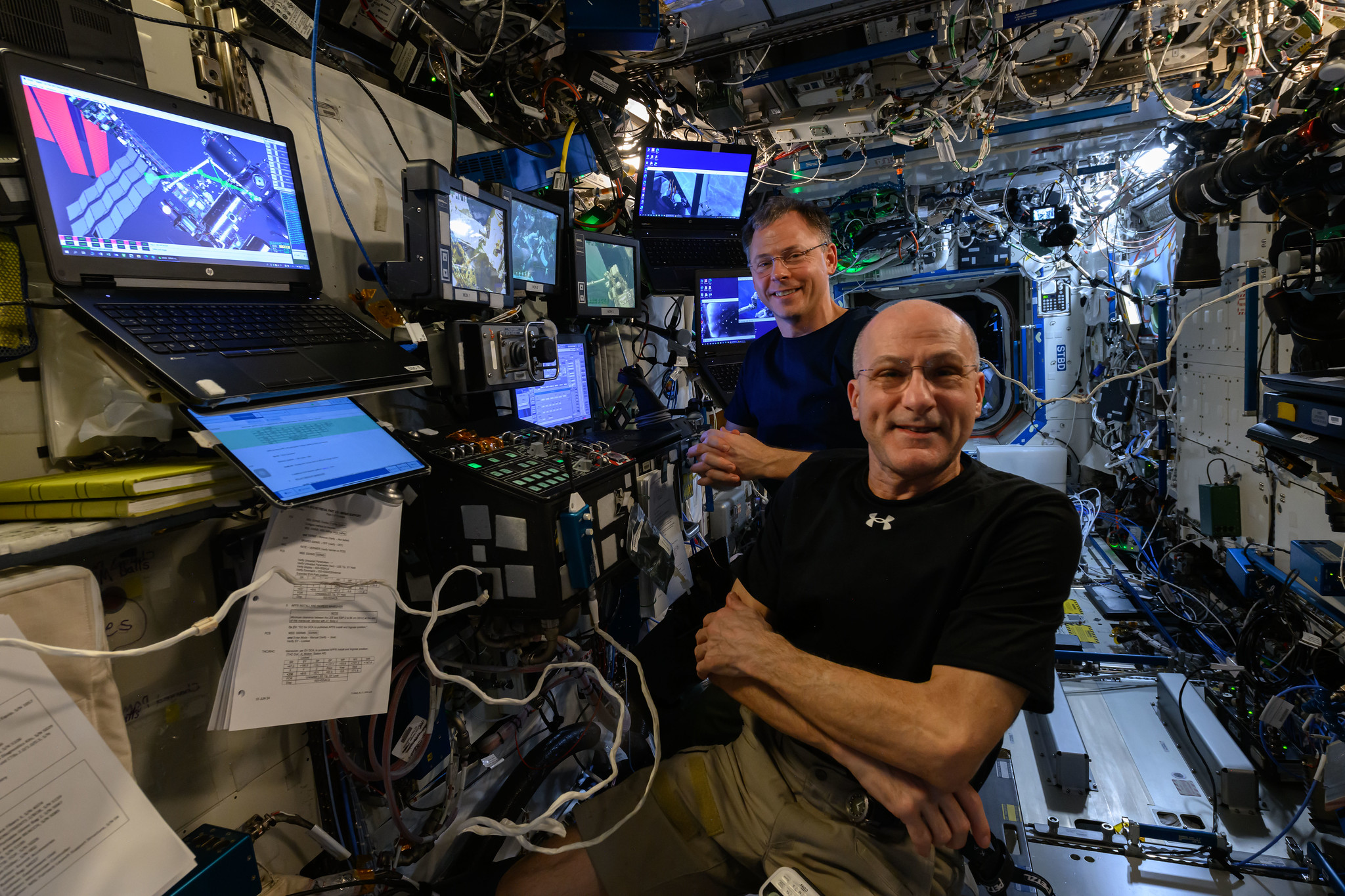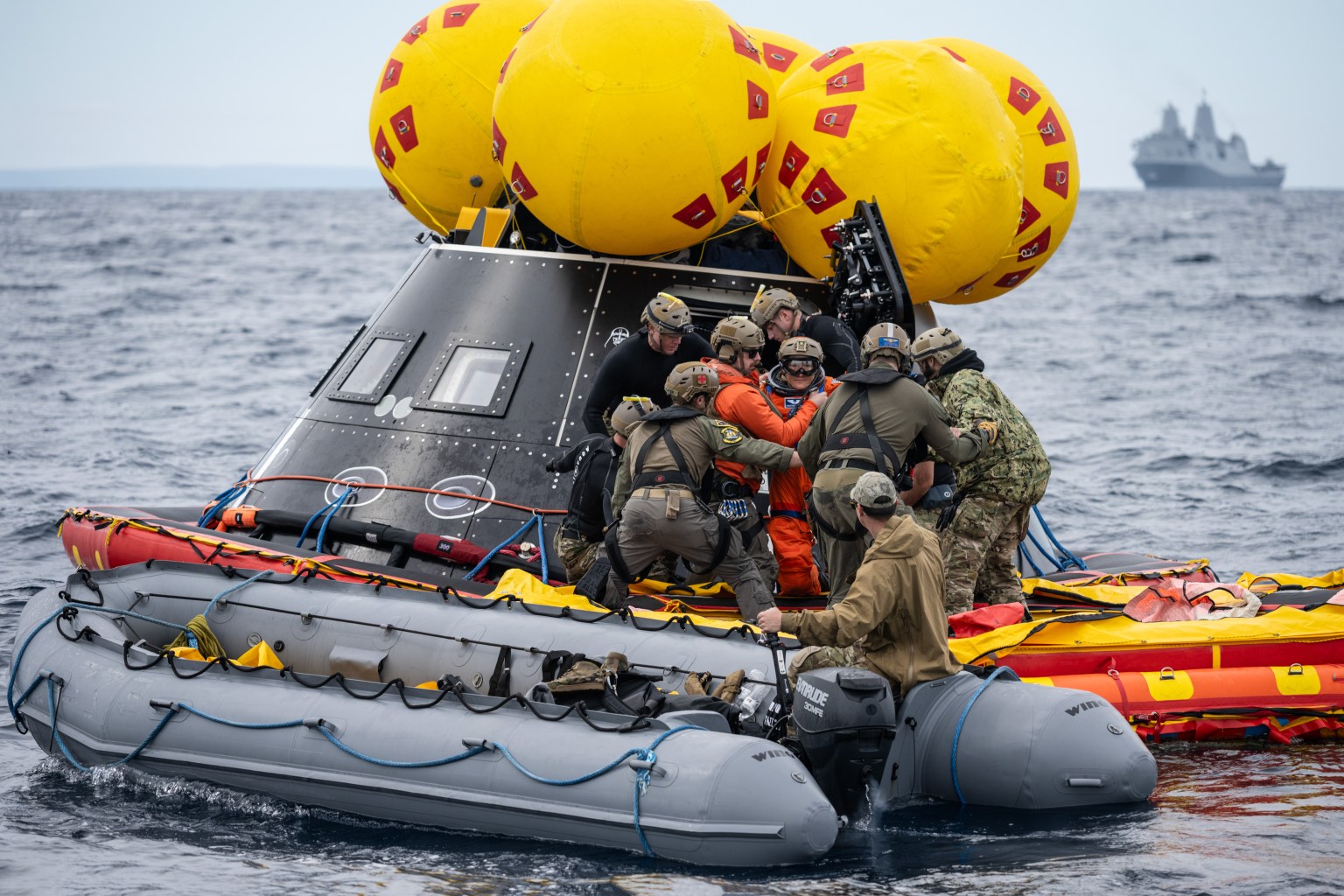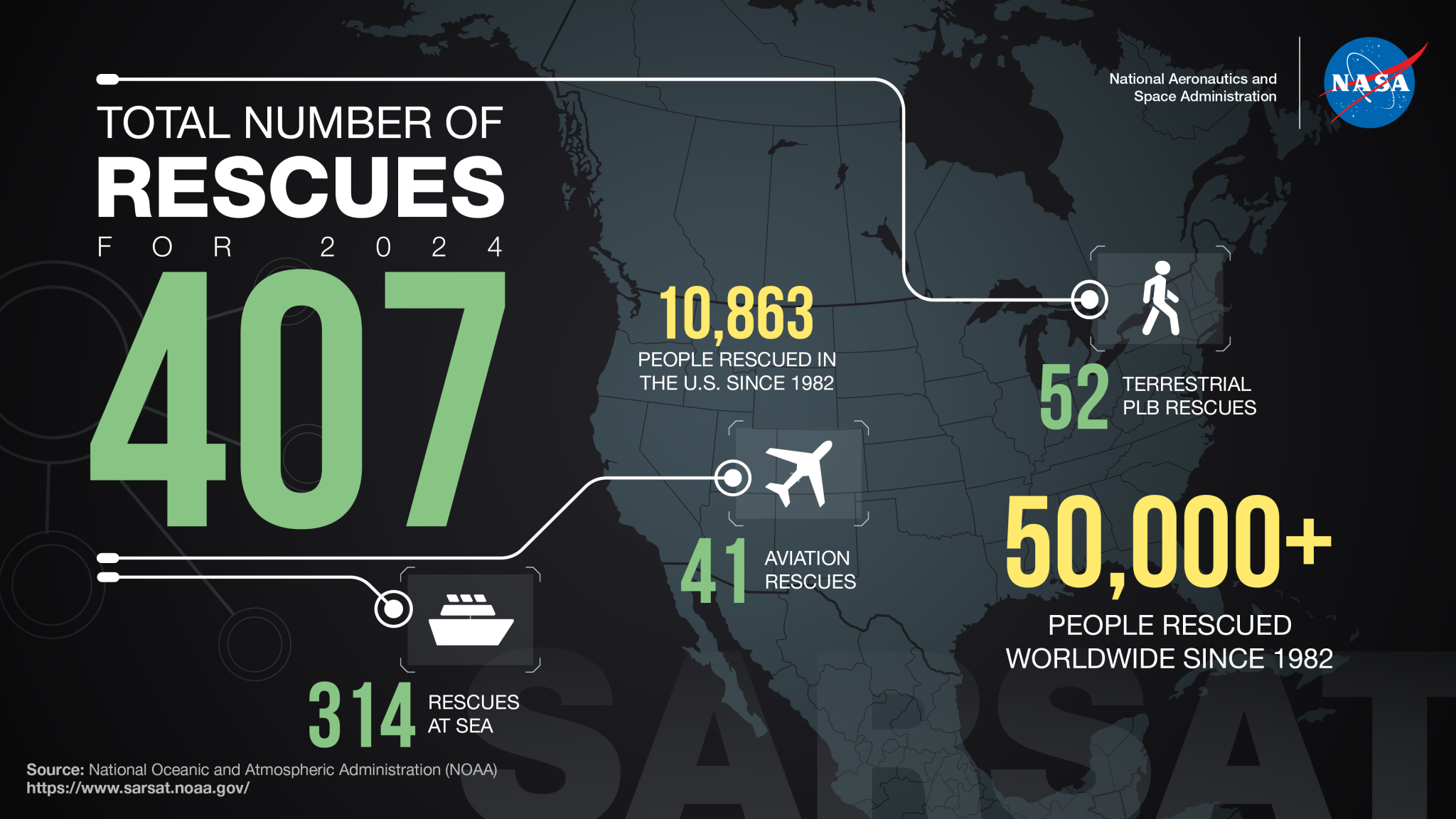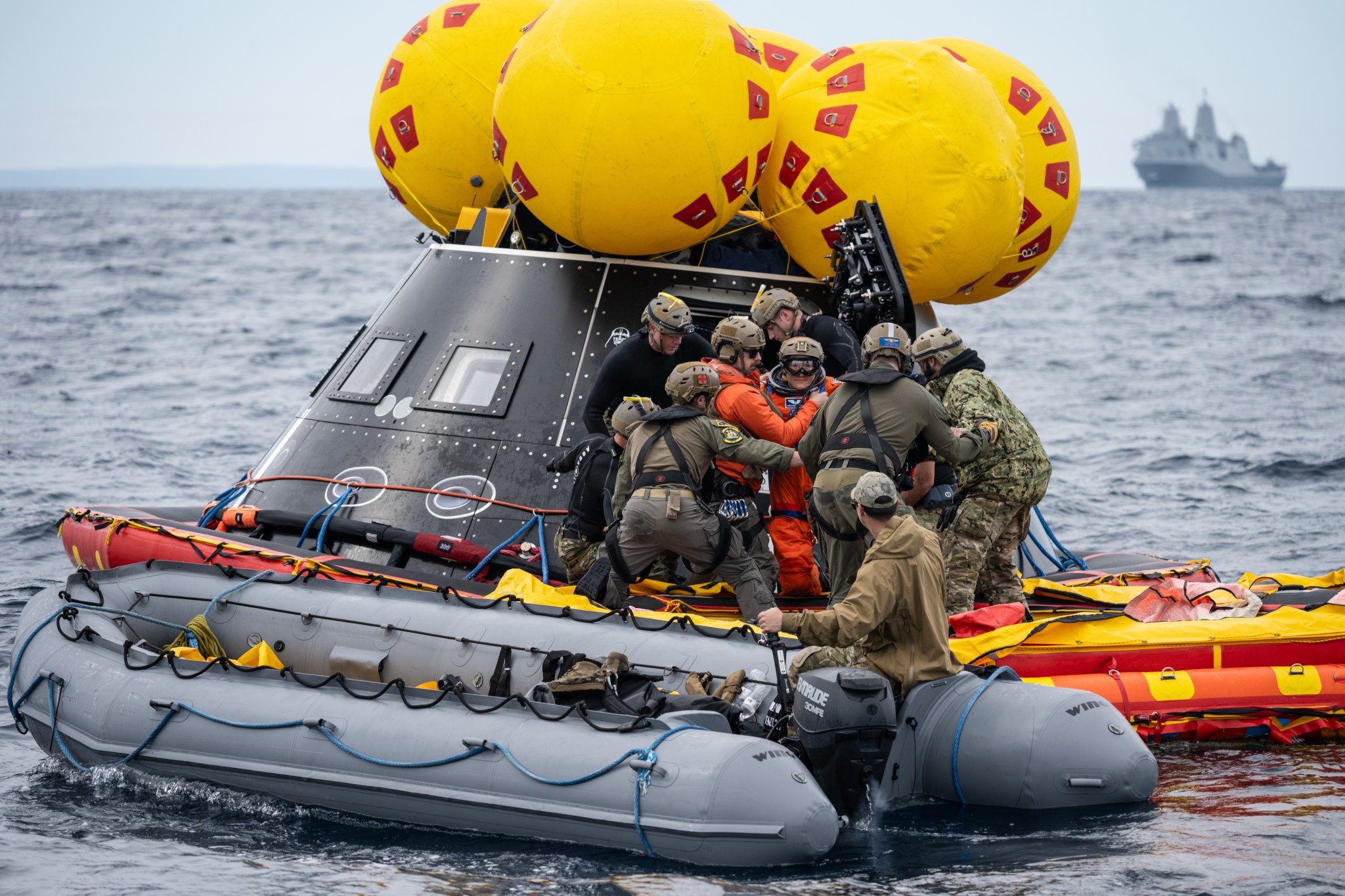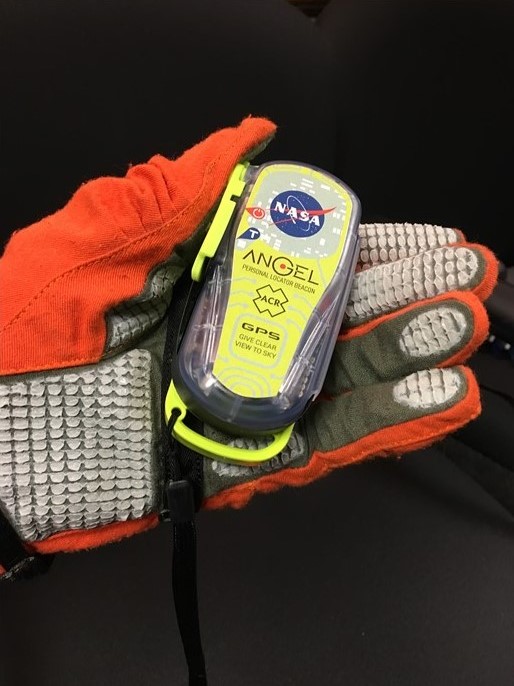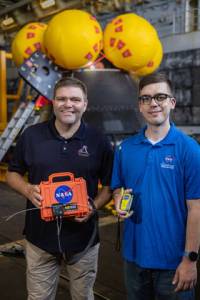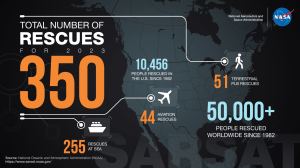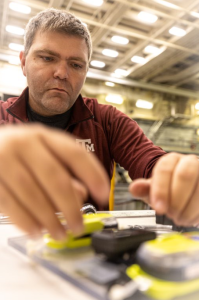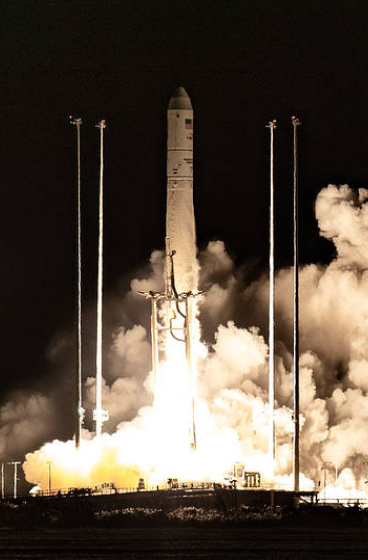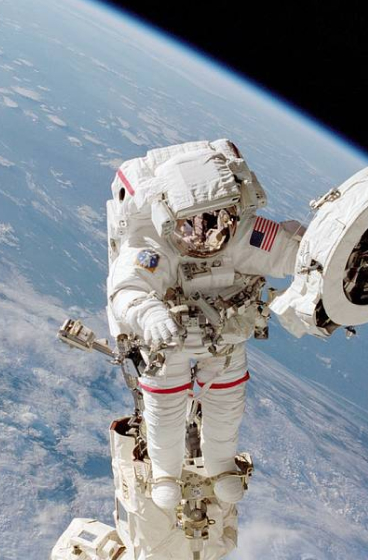Connecticut Students to Hear from NASA Astronauts Aboard Space Station
Students from Rocky Hill, Connecticut, will have the chance to connect with NASA astronauts Nick Hague and Don Pettit as they answer prerecorded science, technology, engineering, and mathematics-related questions from aboard the International Space Station.
Watch the 20-minute space-to-Earth call at 11:40 a.m. EST on Tuesday, Feb. 18, on NASA+ and learn how to watch NASA content on various platforms, including social media.
The event for kindergarten through 12th grade students will be hosted at Rocky Hill Library in Rocky Hill, near Hartford, Connecticut. The goal is to engage area students by introducing them to the wide variety of STEM career opportunities available in space exploration and related fields.
Media interested in covering the event must contact by 5 p.m., Thursday, Feb. 14, to Gina Marie Davies at: gdavies@rockyhillct.gov or 860-258-2530.
For more than 24 years, astronauts have continuously lived and worked aboard the space station, testing technologies, performing science, and developing skills needed to explore farther from Earth. Astronauts aboard the orbiting laboratory communicate with NASA’s Mission Control Center in Houston 24 hours a day through SCaN’s (Space Communications and Navigation) Near Space Network.
Important research and technology investigations taking place aboard the space station benefit people on Earth and lay the groundwork for other agency missions. As part of NASA’s Artemis campaign, the agency will send astronauts to the Moon to prepare for future human exploration of Mars; inspiring Artemis Generation explorers and ensuring the United States continues to lead in space exploration and discovery.
See videos and lesson plans highlighting space station research at:
https://www.nasa.gov/stemonstation
-end-
Abbey Donaldson
Headquarters, Washington
202-358-1600
Abbey.a.donaldson@nasa.gov
Sandra Jones
Johnson Space Center, Houston
281-483-5111
sandra.p.jones@nasa.gov
